For our trip to Cedar Bog (which is technically a fen), we saw plenty of plant species that grow in this unique ecosystem. A fen is a wetland system that has the ability to drain water through underground aquifers, or loose gravel that allows water to easily pass through it. Bogs generally lack this gravel that allows water to drain, which is why the water is generally not filtered or very clear. The formation of this fen was due to the glacial formation that occurred during the last ice age. As this glacier melted, it left behind plenty of sand and limestone gravel behind, which provides the land above with adequate drainage of its water. Much of the water at Cedar Bog comes from runoff from the elevated lands nearby or through underground aquifers, one of which includes the buried ancient Taeys River.
My assignment for this trip was to find and identify 2 carnivorous plant species which are listed below:
Humped Bladderwort (Utricularia gibba)

Humped bladderworts generally have small, 1/4” flowers that are yellow, with 2 equal-sized corolla one on top of the other. Its method of capture occurs on underwater pockets of air that, when triggered by small aquatic organisms, vacuum them into sealed pockets. (Missouri Department of Conservation)
Sundew (Drosera rotundifolia)
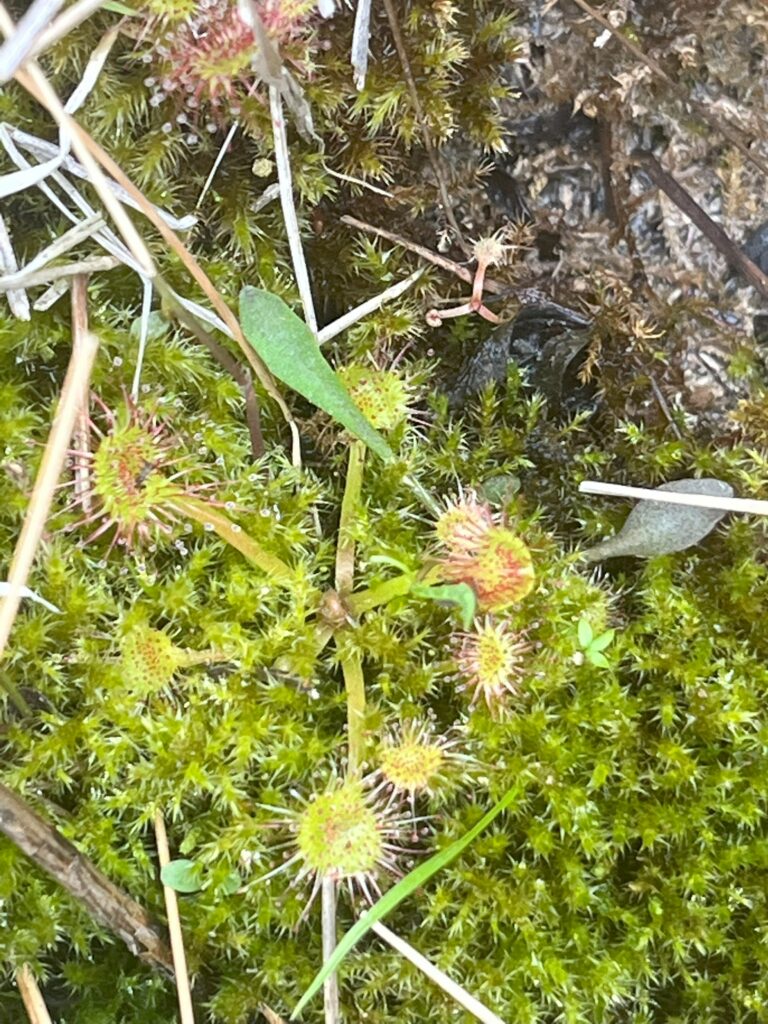
The sundew consists of flattened, round leaves with red projections that have a sticky substance at the end. By ensnaring prey in the sticky portion, the plant curls its leaf in to place the prey into a digestive gland. (NC State University)
Below are 4 plant species along with their CC values, or the coefficient of conservatism:
Northern White Cedar (Thuja occidentalis)
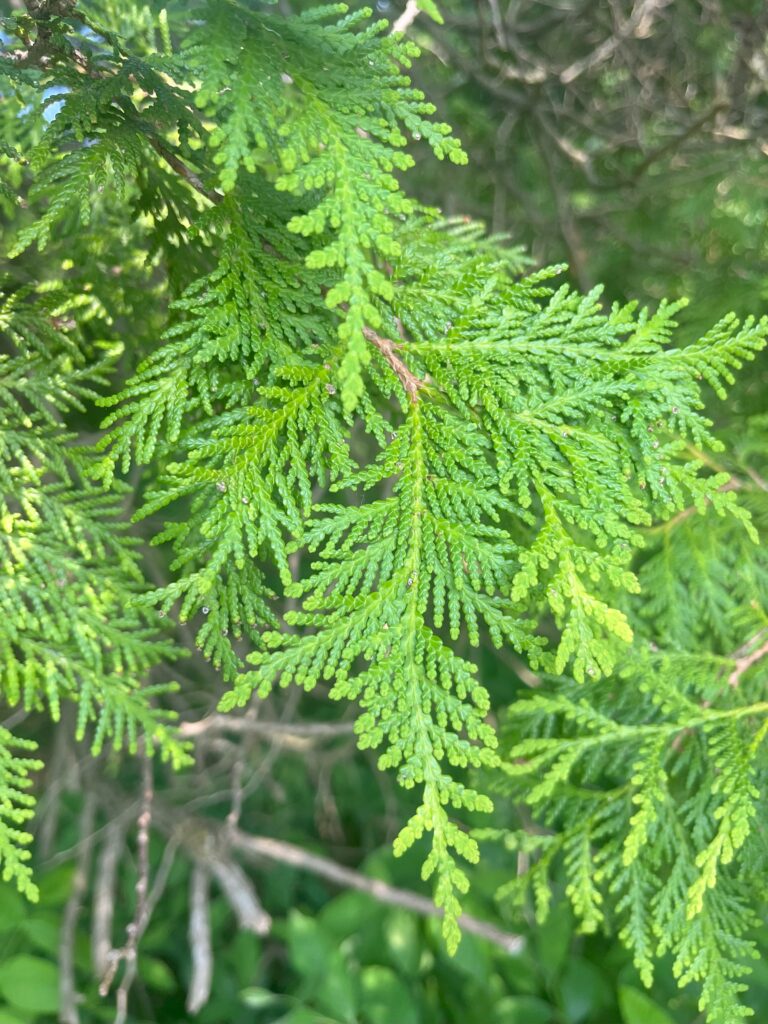
Coefficient of Conservatism: 9
Marsh Marigold (Caltha palustris)
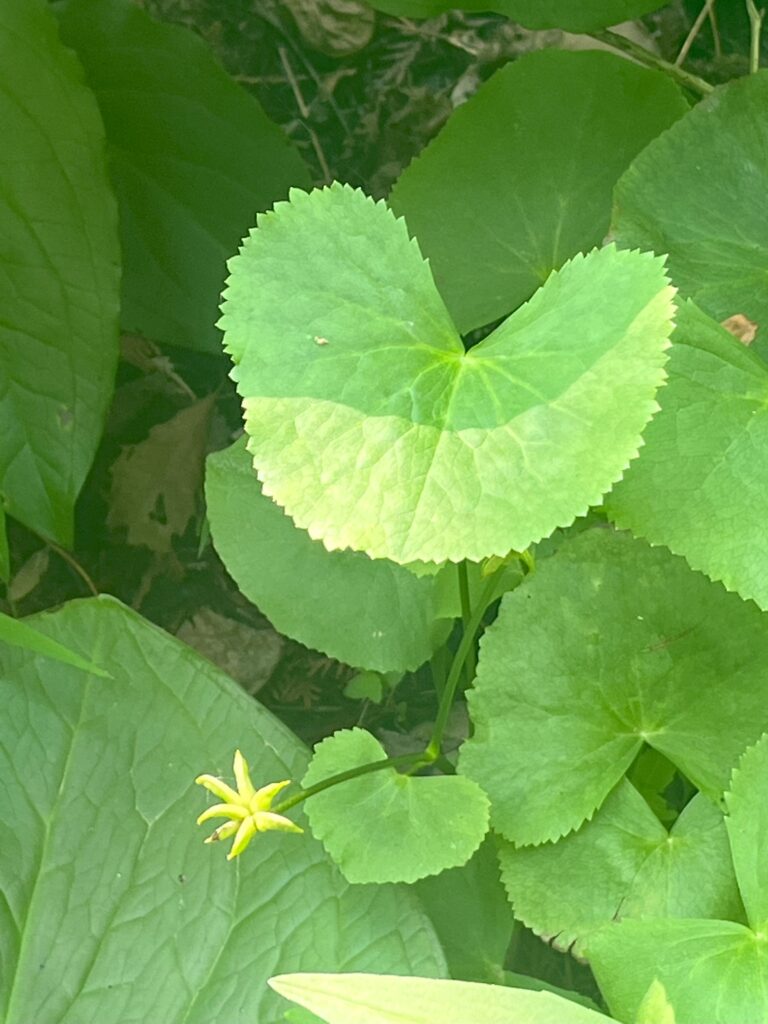
Coefficient of Conservatism: 6
Shooting Star (Dodecatheon meadia)
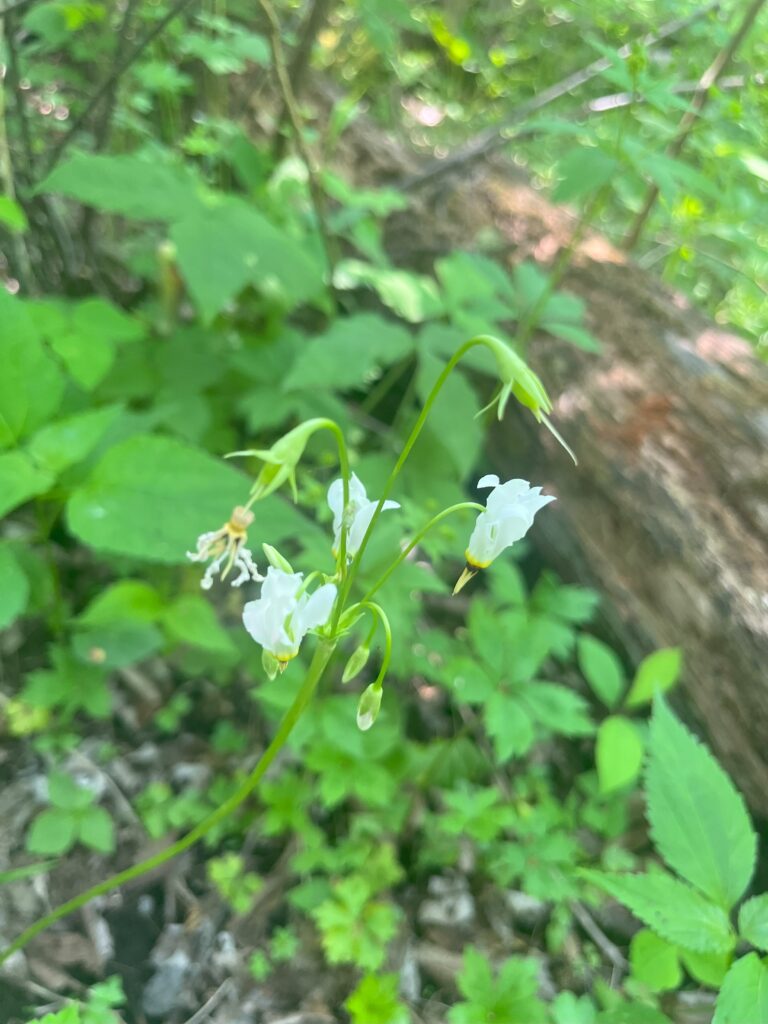
Coefficient of Conservatism: 7
Wild Columbine (Aquilegia canadensis)
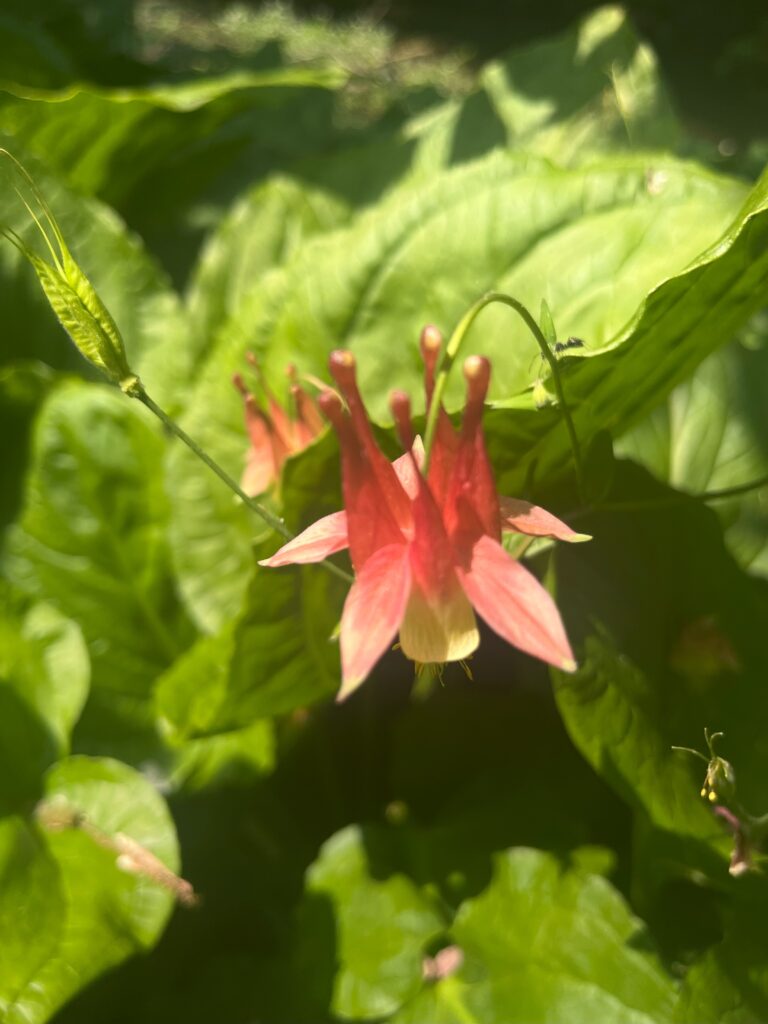
Coefficient of Conservatism: 6
Black Ash vs. Green Ash
Black Ash (Fraxinus nigra)
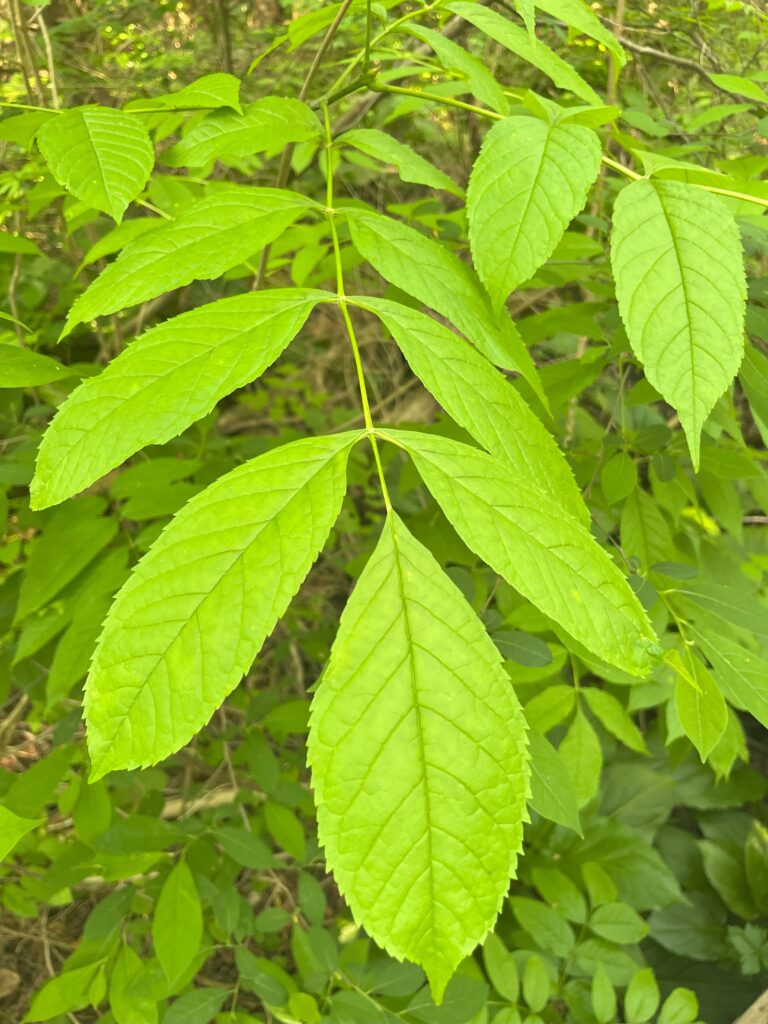
Black Ash generally has 7-11 leaflets that are always toothed. The leaflets are sessile, meaning that they aren’t attached to the central leafstalk by a petiole as seen in the Green Ash leaves.
Green Ash (Fraxinus pennsylvanica)
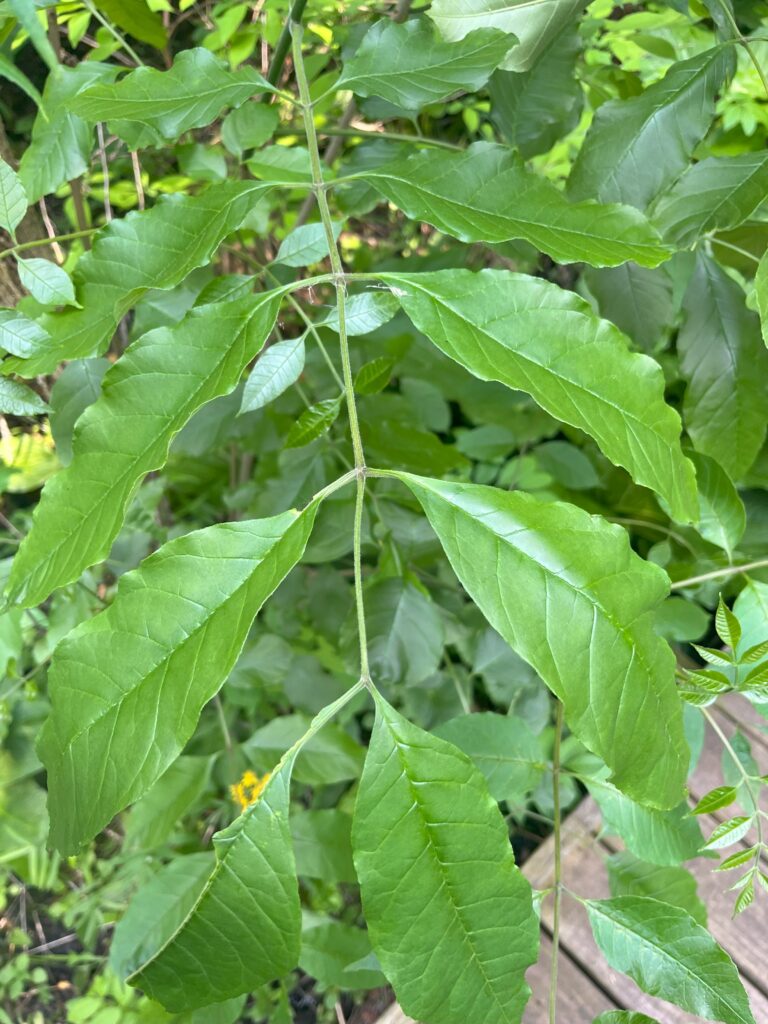
Green Ash leaves generally have 5-7 leaflets which are stalked to the leaf via a petiole. Sometimes the leaflets can be short-stalked, but won’t directly attach to the central stalk. The leaflets of this species may be toothed or may not be, as the one above seems to not have toothed edges.
Swamp Forest Abbreviated Species List:
- Caltha palustris, WET= OBL, CC= 6
- Southern Blue Flag, Iris viginica, WET= OBL, CC= 6
- Spicebush, Lindera benzoin, WET= FACW-, CC= 5
- Golden Ragwort, Senecio aureus, WET=FACW, CC= 4
- Skunk Cabbage, Symplocarpus foetidus, WET= OBL, CC=6
- Swamp Buttercup, Ranunculus septentrionalis, WET= FAC, CC= 4
FQAI= 31/√6= 12.66
Sedge Meadow Abbreviated Species List:
- Shrubby Cinquefoil, Dasyphora fruticosa, WET= FACW, CC= 10
- Round-Leaved Sundew, Drosera rotundifolia, WET= OBL, CC= 7
- Swamp Birch, Betula pumila, WET= OBL, CC= 10
- Swamp Valerian, Valeriana uliginosa, WET= FACW+, CC= 10
- Poison Sumac, Toxicodendron vernix, WET= OBL, CC= 7
- Lesser Bladderwort, Utricularia minor, WET= OBL, CC= 8
FQAI= 52/√6= 21.23
